SO I have had some feedback from the folks reading these blogs and it seems my readers are asking for more pictures of birds. Specifically, a list of birds found in the bosque.
I am not much of birding person; they are too hard to photograph, but I can see why people like them. I think people relate to birds because they are a lot like us (right down to high blood pressure, and diabetes). Both humans and birds are loud and raucous, we also keep the same daylight hours. We also gather in large groups and are easy to observe.
Birding as a pastime occupies many people because it is easy to get into (you just need eyes) but also has plenty to occupy the serious enthusiasts. I use an online app to educate myself on birds I do not know. Others who know their birds keep long lists of birds, vying with others to be the first to see a rare specimen.
What fascinates me about birds are the unique avian behaviors. Look closer and you can see the ones that are solitary and the ones that like lots of company. The birds you see will depend on where you are and the time of the year. Just about all birds migrate during the day and throughout the year, so populations are constantly changing.
Right now, the iconic bird of Corrales is the Sandhill Crane, with the distinctive red spot on the head. But they will leave us in March or so, and the summer visitors will replace them.
Other common birds in winter are the crows and ravens
I have trouble telling them apart, but in general, the ravens prefer the ground and are more "square" while the crows are mostly in the trees and slightly smaller.
A similar looking bird is the Grackle, which is almost always found in the trees of supermarket parking lots. All these large black/brown birds are very reliant on humans to provide them with food and shelter. Two other types of birds reliant on people in the Bosque are considered "feral"; the peacock and the turkey. Both of these rely on humans to support their themselves.

Other very common birds right now near human habitation are the Thrushes, Flickers and Woodpeckers
The "Amercian Robins" with the large red breasts are nothing like the tiny true robins of Europe. Their Latin name is "Turdus" and that describes them very well. They are a thrush species. They are often found hunting through the leaf litter looking for hiding insects, and are often the source of loud rustling in the undergrowth I'm the early evening.
Flickers have a loud call that sounds a lot like a raptor to me. They also take off quickly and have red/brown underwing colors that look a lot like the color of a red tailed hawk; a common, large raptor. I always wonder if the common color is on purpose.
There are several types of woodpeckers and they are very active in the winter hunting down fat beetle grubs. They also raid hummingbird feeders in the Summer. You can see the stiff tail feathers these birds use to prop themselves against the trunks of dead trees. They tap against telephone poles that have no insects in them to announce their presence to other woodpeckers.
Down by the ditches, water birds gather in winter to court and feed. The two groups are the dabblers and the fish eaters.
The ducks are usually the plentiful mallards with the big green heads, but we have many other more secretive species
This is an American wigeon. It is one of several with a blue bill.This is a much rarer Coot. They don't seem to stay, only pausing as they pass through looking for large bodies of standing water with floating water weeds.
A unknown one for me. Greater Yellowlegs, they also only pass through, and are usually already paired up.
These kill deer are usually tadpole hunters and are occasionally seen in shallow waters. They prefer aquatic insects, but I can't elevate them to the world of fish eaters.The other birds in the ditches eat fish. We have a couple of heron species.
The big ones are the great blue herons, with folded, bearded neck
these little night heron guys have awesome "pig-tails" feathers down the back of their necks, not show in this photo.
Even better hair styles are sported by the kingfishers. They are fiercely territorial and have a raucous alarm call that sounds like a small machine gun.
An occasional visitor to the large water bodies in the summer are the cormorants, an diving type fishing bird. Corrales village doesn't really have the right kind of open water for these guys. After the swim, they will often stand on a branch out of the water to dry their feathers in the sun before they can clumsily take to the skies again.
these are seagulls of some sort. I need a better birding camera.
Corrales is pretty well known for its tree canopy. The short, dense branches are used by smaller songbirds birds for cover, while the large dead branches of mature cottonwoods are often hunting perches for large birds of prey.
Most people will never see the other owl species we have here, we just can't see that well just before dawn! The smaller owl species are often roosting along La Entrada and other well wooded roadways and are often heard by their calls, but barely ever seen. The great horned owls will be out in the evenings of fall before the raven flocks chase them off. These birds are the first to hatch new fledglings, usually forming nesting pairs starting February.
There are many raptor species in New Mexico. But the most likely to be seen and recognised are the Coopers and Red-tailed hawks.
The distinctive striped tails give away these bird hunting specialists as Coopers Hawks. They are pretty small, but have big personalities. Usually seen in Summer, they are becoming more commom year round as humans allow their main prey, Doves, to thrive.
Red tailed hawks usually prefer open sagebrush terrain, but as generalists, can be found anywhere. They will hunt together to catch rabbits, this is pretty unusual for raptors.Osprey and eagles are rare visitors and not too fond of heavily built up areas, but they migrate through occasionally. All my current photos are far too far away to be worth including here.
The smaller raptors are around, like the Merlins and Kestels, they chase small birds and chipmunks/mice.
Many birds prefer meat, they are the ancestors of dinosaurs after all!
Roadrunners like the odd lizard, but seem to also relish land snails from people's gardens. Less known, is the nestlings they snatch from songbirds in the Spring.
There are many, many small perching birds,and they all look alike to me. They are not amphibians and I lose patience long before I can get into the huge varieties of behaviors, colors and lifestyles. Most of these guys are here today and gone tomorrow kind of critters anyway.
Young Scarlet Tanager
Towhee
The goldfinches are very striking, if you can get them to hold still. Here, they are distracted by sunflower seeds long enough to get a picture
Cedar waxwing
Black Phoebe
The number one bird of the summer are the hummingbirds. Not only because they are so spectacular to people, but also because their aggressive behaviors drive off most other birds, especially the rufous. Many people don't know that those birds eat a steady diet of small bugs as well as nectar. They spend their mornings over the water dining on gnats.
There are a few birds I left off this list in the interests of time and sanity. There are also the mountain bluebirds, swifts, different doves. If I forgot your favorite I'm sorry. I hope I did some justice to all those crazy bird lovers out there. I learnt a lot while putting this blog together and have realized I should probably try to organize these thousands of pictures sometime! Still, I would rather get a camera for Christmas than a filing cabinet. Get out there and snap some pics.



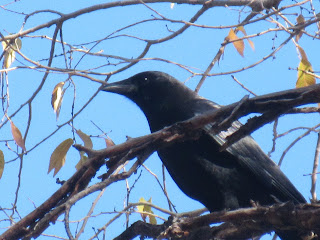




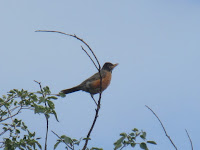














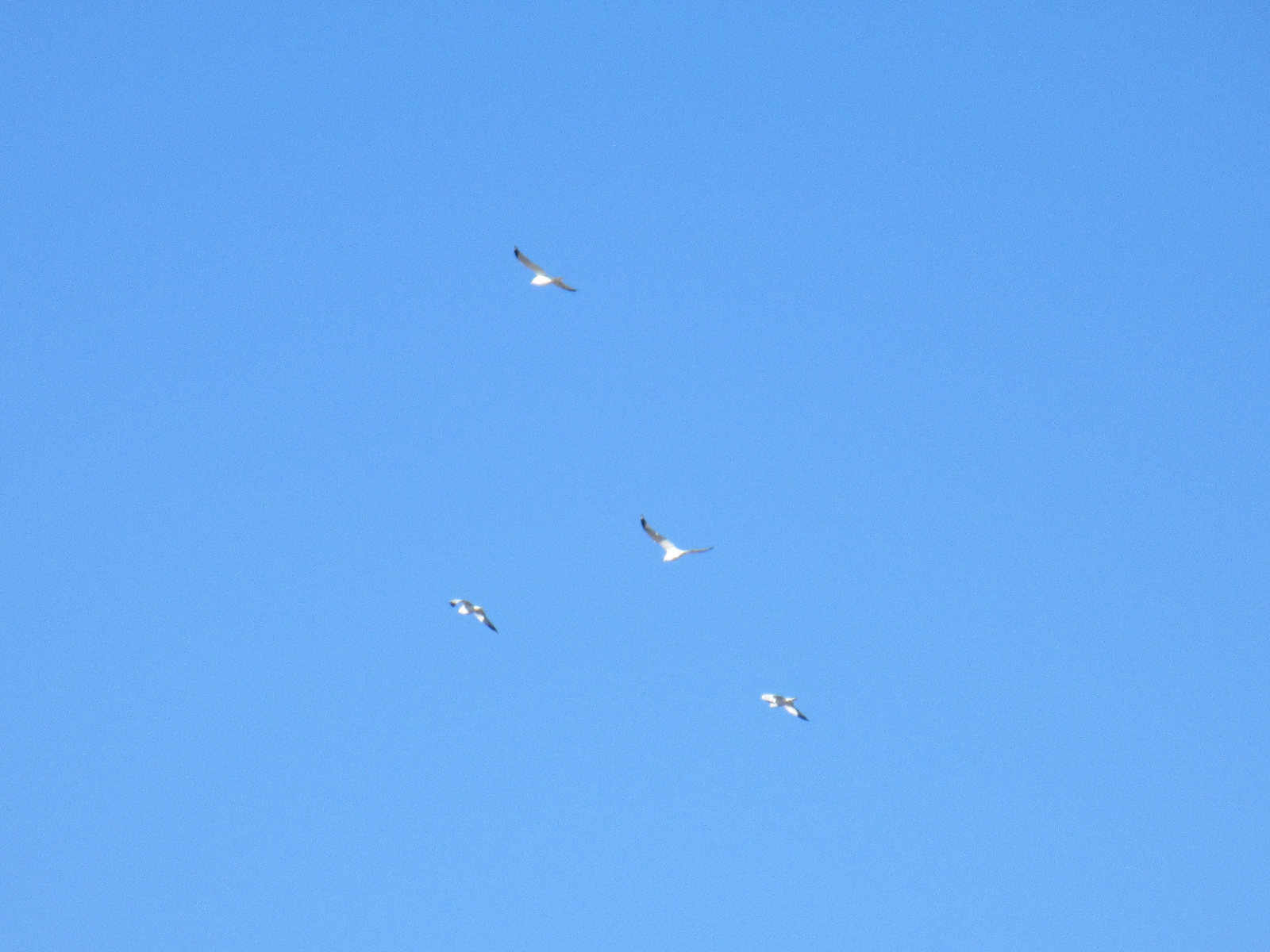









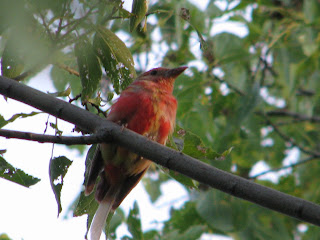





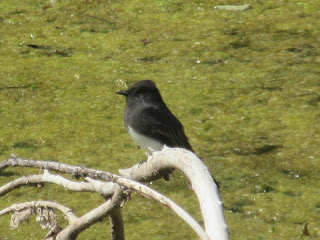



This is your best blog yet!
ReplyDeleteSo impressive! I had not followed your blog...first time today for me. I am so impressed that I think this would be worthy of putting together in a book! I imagine lots of people would be interested in such a concise collection...Well done!
ReplyDeleteWhy thank you for those kind words!
Delete